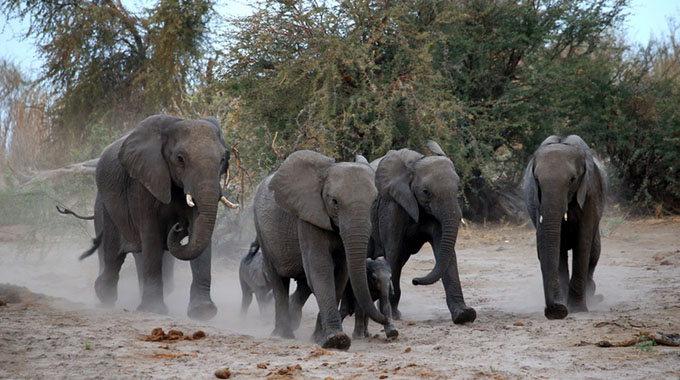Govt to boost national herd
Elita Chikwati: Senior Agriculture Reporter
Government plans to boost the national herd by 300 000 beasts next year. Zimbabwe has 5.5 million cattle and the intention is to increase the population to 5.8 million by end of next year.Presenting the 2017 national budget recently, Finance and Economic Development Minister Patrick Chinamasa said Government had set aside over $6 million for extension services and veterinary department. It is hoped this will enhance livestock monitoring and disease control.
“Livestock production remains an integral part of agricultural development. Government, in conjunction with development partners, is working to support rebuilding of the national herd, comprising beef cattle and other smaller domestic animals,” he said.
“The support will enhance cross breeding through artificial insemination to improve quality of breeds, availing increased water points, to reduce livestock deaths during the drought and dry times, and irrigation of pastures, especially for A2 and commercial farmers. We will also create market access and linkages, also targeting external markets,” he said.
Government has also reached a decision that the Presidential Inputs Scheme should also include livestock farmers.
The southern parts of the country are predominantly livestock areas.
Farmers in those areas are encouraged to concentrate on livestock production. The farmers will be supported to raise their animals. In the initial stages, the inputs for livestock will include dipping chemicals, vaccines and other animal remedies. A detailed programme will see the support of livestock with supplementary feeding, as well as salt.
Farmers will also be allowed to suggest their priorities. The medium to long term strategies in the livestock sector will include development of water, paddocks and mechanisation that relate to assisting farmers harvest pastures and store as stockfeeds.
Livestock production prospects had for the past years been hampered by consecutive droughts. The recent Elnino induced drought resulted in the loss of thousands of cattle. The situation has remained critical even after the rains.








Comments